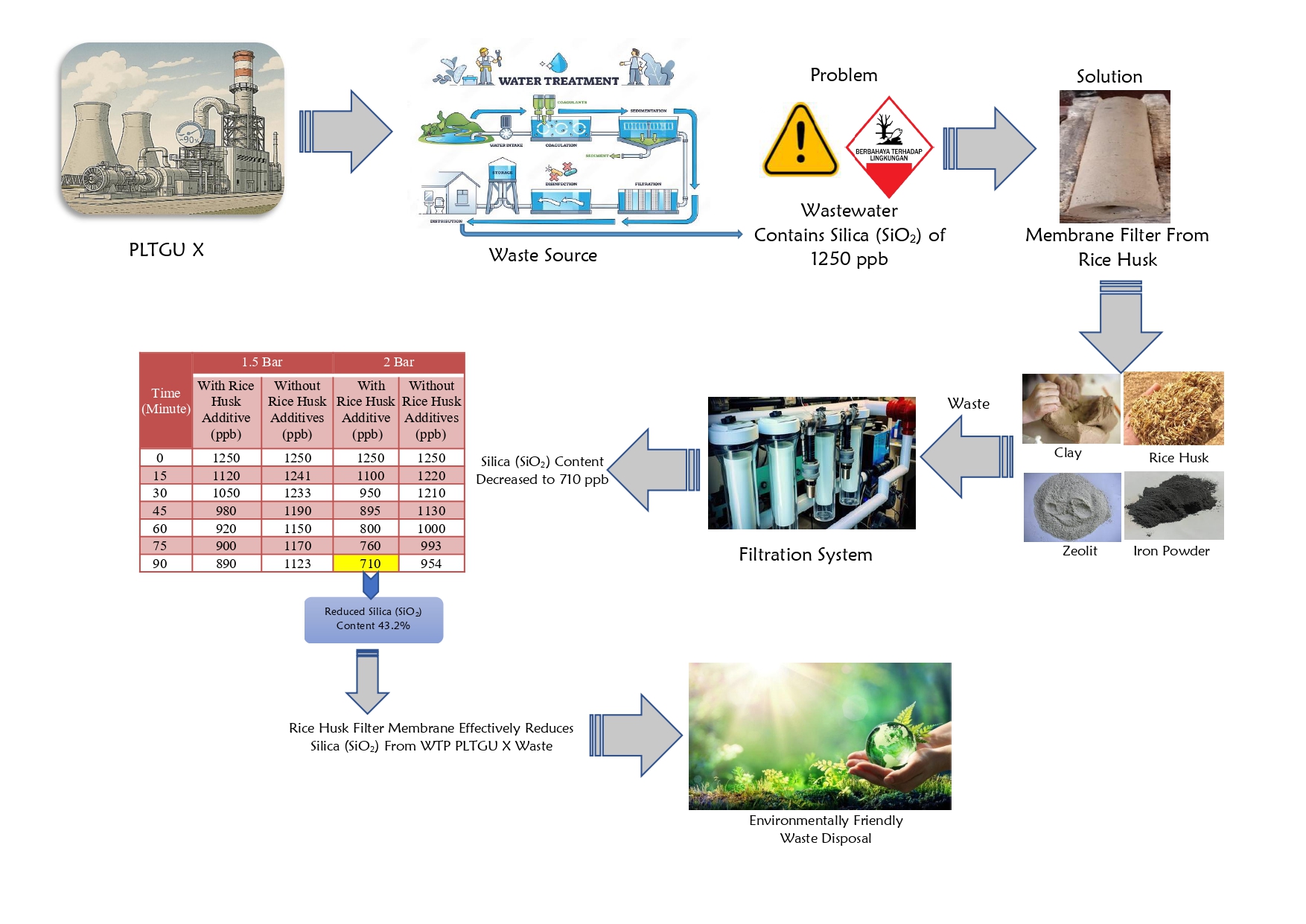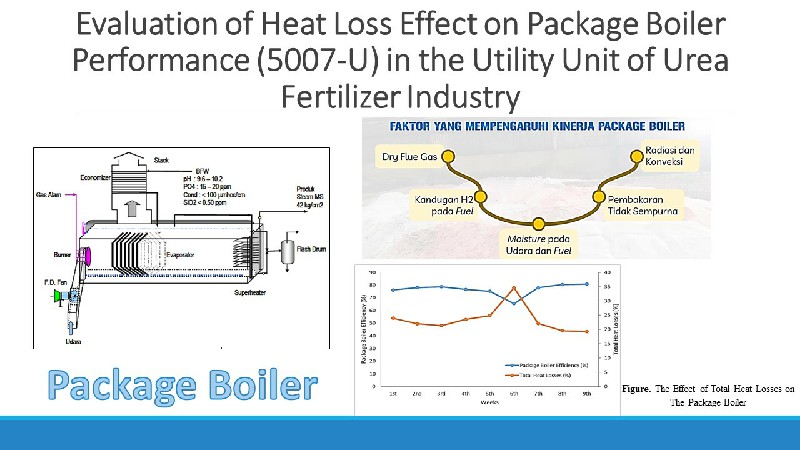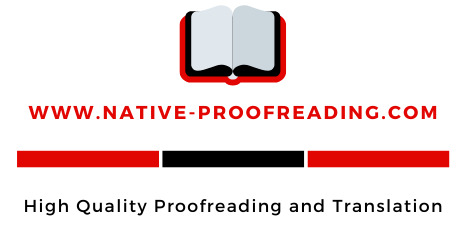Treatment of Textile Industrial Wastewater using Membrane Technology: A Review

Downloads
Textile industry wastewater is a very complex pollutant-containing waste with high dye intensity, requiring proper and appropriate treatment. Membrane technology is one of the appropriate methods for treating textile wastewater due to several advantages such as environmentally friendly and biopolymer-based processing. Therefore, this review aimed to determine the effectiveness of membrane technology and provide information regarding the appropriate treatment of textile wastewater. The articles subjected to review were obtained from several journal sources such as ScienceDirect, Elsevier, Springer, Google Scholar, and national journals. The results showed that several membranes had been used in textile wastewater treatment, such as PTFE (Polytetrafluoroethylene), PES (Polyethersulfone), Polysulfone-Polyvinyl Pyrrolidone Blend Polymer Composite Membrane, CA (Cellulose Acetate), Cellulose Membrane of Sargassum Sp., polysulfone (PSF), Bacterial Cellulose Membrane, and cellulose acetate propionate (CAP). Furthermore, membrane technology was found to reduce dye pollutants in textile wastewater with the highest coefficient value of approximately 97%.
Downloads
Wahyusi, K. N., Nikmah, S., & Anggraini, G. R. (2021). Sintesis Membran Kitosan Untuk Pemisahan Ion Pb Dalam Limbah Cair. Jurnal Teknik Kimia, 16(1). doi: 10.33005/jurnal_tekkim.v16i1.2841 DOI: https://doi.org/10.33005/jurnal_tekkim.v16i1.2841
Sivaram, N. M., Gopal, P. M., & Barik, D. (2018). Toxic waste from textile industries. Energy from Toxic Organic Waste for Heat and Power Generation. Elsevier Ltd. doi: 10.1016/B978-0-08-102528-4.00004-3 DOI: https://doi.org/10.1016/B978-0-08-102528-4.00004-3
Copyright (c) 2024 CHEESA: Chemical Engineering Research Articles

This work is licensed under a Creative Commons Attribution-NonCommercial-ShareAlike 4.0 International License.
With the receipt of the article by CHEESA Editorial Board and the decision to be published, the copyright regarding the article will be transferred to CHEESA Journal.
CHEESA has the right to multiply and distribute the article and every author is not allowed to publish the same article that was published in this journal.

This work is licensed under a Creative Commons Attribution-NonCommercial-ShareAlike 4.0 International License.
Under the following terms:
Attribution ” You must give appropriate credit, provide a link to the license, and indicate if changes were made. You may do so in any reasonable manner, but not in any way that suggests the licensor endorses you or your use.
NonCommercial ” You may not use the material for commercial purposes.
ShareAlike ” If you remix, transform, or build upon the material, you must distribute your contributions under the same license as the original.






